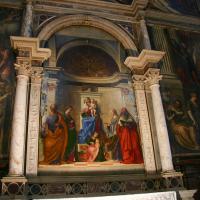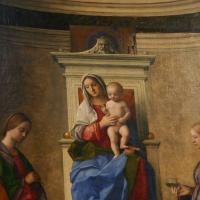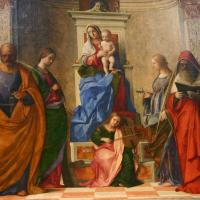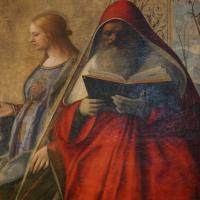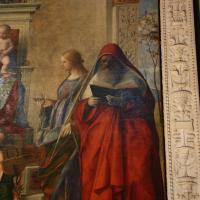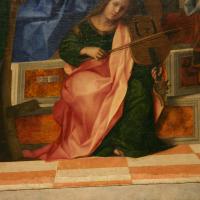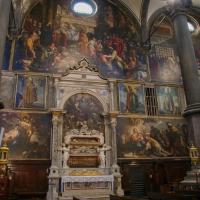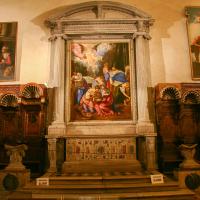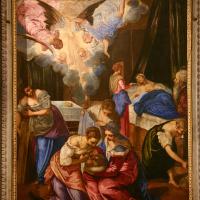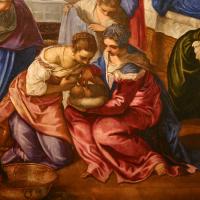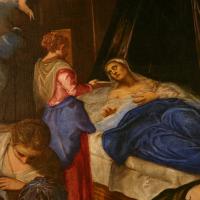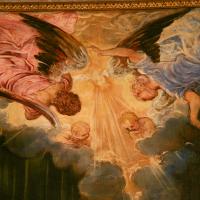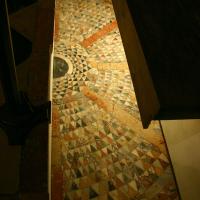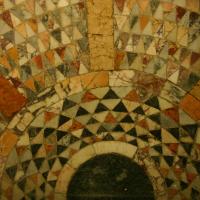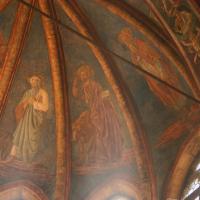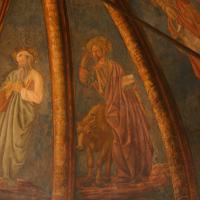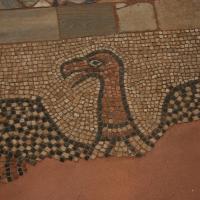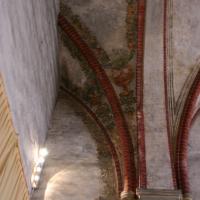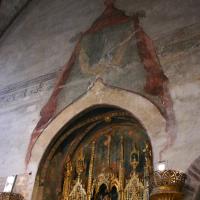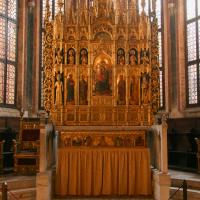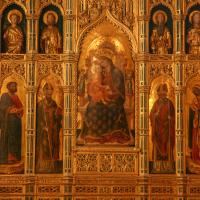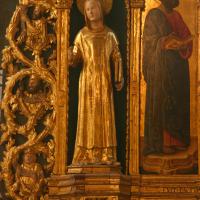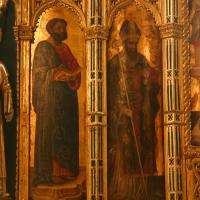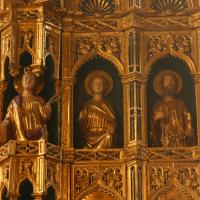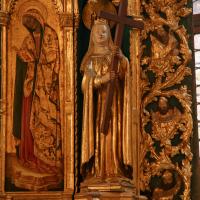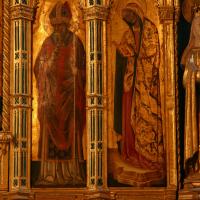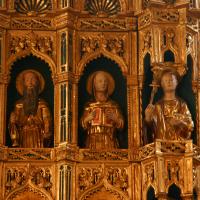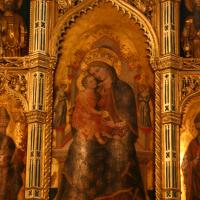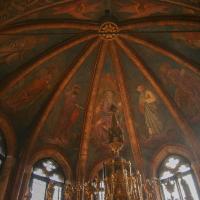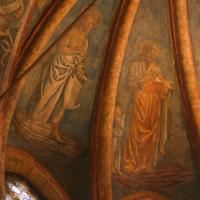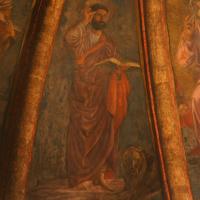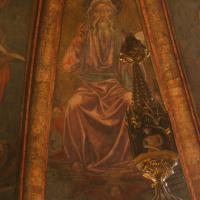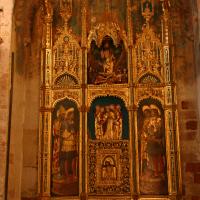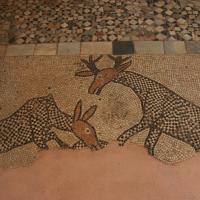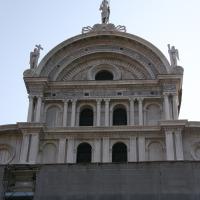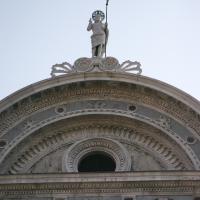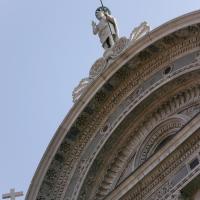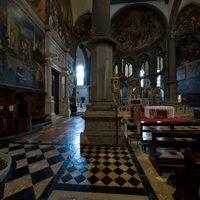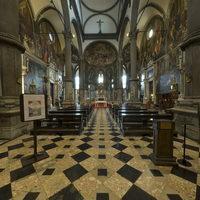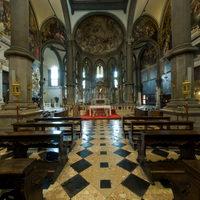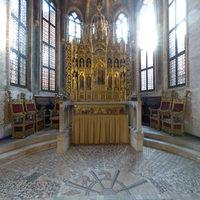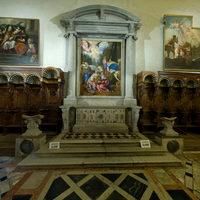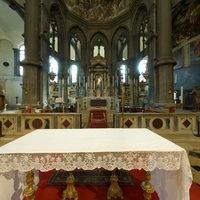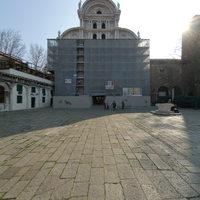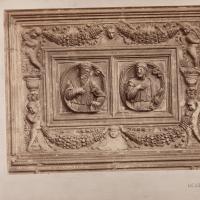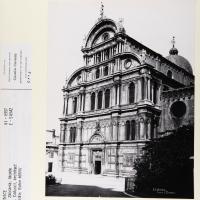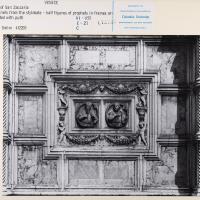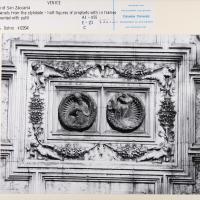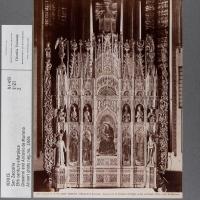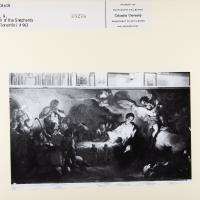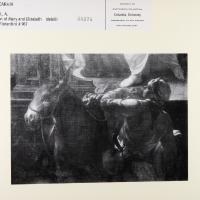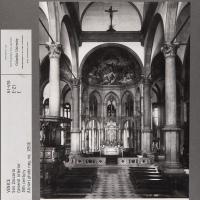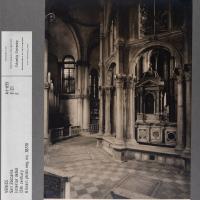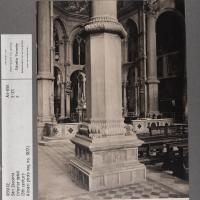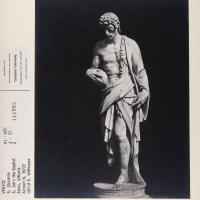Overview
A church was known to be on this site as early as the 7th century, founded by St Magnus. The 9th century building, funded by Doge Giustiniano Partecipazio and the Byzantine Emperor Leo V was dedicated to San Zaccaria, the father of St John the Baptist. His remains (housed in the church) were given as a gift by Emperor Leo. The Church and its adjoining convent of Benedictine nuns has always maintained a special relationship with the Signoria; tradition holds an early Abbess presented the Doge with the first ducal cap, and the convent agreed to give up a portion of its garden (for cash) toward the enlargement of Piazza San Marco. There are 8 ancient doges buried in the church, and no less than 3 doges were assassinated in the streets around the convent. On 13th September 864, after attending vespers at the church, Doge Pietro Tradinico was set upon by conspirators at the entrance to Campo San Zaccaria and left to die; one of the chapels is named for him. The chapel of San Tarasio was the chancel of the old church, reconstructed in 1440 by Gambello. Fragments of both the 9th Century and the 12th Century church's tile floors are visible, and the chapel features some very impressive frescoes in the vaulting by Andrea del Castagno, a follower of Masaccio who brought the Tuscan renaissance to Venice when he painted these frescoes in 1442, almost half a century before the renaissance finally took root in Venice. In this chapel you'll also find three well-preserved late-gothic gilded altarpieces by Vivarini and d'Alemagna. The oldest area, the crypt, sits beneath this chapel and is accessible though typically covered in water. The 15th century church you see as you enter the campo is the third church on the site. The original 9th century basilica mentioned above was itself built over in the 10th-12th centuries. The facade of this early gothic church is visible to the right of the current church's facade, along with the attached Benedictine convent, which was closed down by Napoleon and is now a Carabinieri barracks. The convent was famous for the licentiousness of its pampered and high-born nuns, and was generally considered a decadent refuge for affluent daughters of the nobility. The 16th century cloister to the left (possibly by Codussi and now walled up) was built over the original convent cemetery. The monumental facade of the main church shows the transition from late gothic to renaissance, as Gambello's lower two levels are surmounted by Codussi's plainer upper three colonnades topped by a characteristic semicircular gable and supporting side quadrants.

